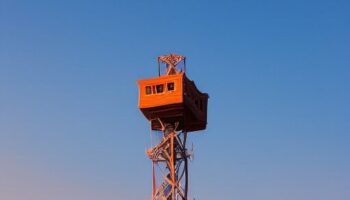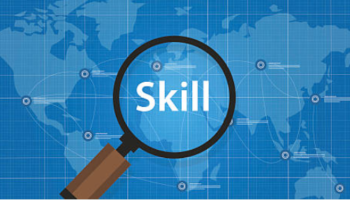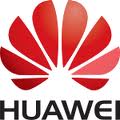 The flat IP architecture of LTE system has so far demonstrated high data rates for data usage, but the voice services remain a tough call for operators. It would be a challenge to attain single radio service for data and voice in LTE. For a telecom operator, switching to IP Multimedia Subsystem (IMS) is going to take some time, so to support Voice , SMS and other CS (Circuit Switch) services, telcos will have to rely on the legacy systems (2G and 3G). Circuit Switched Fallback (CSFB) is one option to route services from Evolved Packet Core to 3G CS.
The flat IP architecture of LTE system has so far demonstrated high data rates for data usage, but the voice services remain a tough call for operators. It would be a challenge to attain single radio service for data and voice in LTE. For a telecom operator, switching to IP Multimedia Subsystem (IMS) is going to take some time, so to support Voice , SMS and other CS (Circuit Switch) services, telcos will have to rely on the legacy systems (2G and 3G). Circuit Switched Fallback (CSFB) is one option to route services from Evolved Packet Core to 3G CS.
LTE is not only meant for data devices but has to support voice terminals, which means more ease for users and high performance. To attain the stated motive, 3GPP devised a solution with guidelines provided in TS 23.272[25] for CSFB. It has mentioned standardized mechanism to switch an originating or terminating LTE voice call to 3G legacy network. This functionality enables voice calls to be provided using existing 3G CS to users even if the VoIP is not directly provided for the LTE system.
To make a voice call using CSFB, 3G CS needs to know which LTE Location Registration Area (Tracking Area (TA)) the mobile terminal is camping on. Mobility Management Entity (MME) directs MSC/VLR in CS domain via SG reference (defined for MME and MSC/VLR interaction) and provides the TA information. Since the mobile terminal in LTE cannot access 3G, so the MME won’t be able to locate the corresponding MSC/VLR. To get out of this situation, each MME maps a Location Area (LA) for each MSC/VLR so that it exactly knows which MSC to switch when the call request is made. In short, every TA is mapped to a LA which is defined for a particular MSC/VLR used for switch. However, there can be a misalignment in TA-LA mapping on the MSC boundaries, thus hitting the QoS.
To acquire 2G/3G network any of the two procedures can be applied:
- Handover
- Redirection
Handover requires a selected frequency with all the Radio Access measurement, but 3GPP Release 8 & Release 9 has defined redirection procedures. Inferences drawn from the on-going trials prove that release 9 SI tunneling has the least penalty time of 0.5 seconds for call setup when compared to the 3G legacy.
A key performance issue will be Call setup Reliability (CSR) which is 98{af589cdba9d77786c8c861317dbad60bba1e2ebbf56e2ffab874a1b59fde9ce3} in the UMTS based calling service and trials conducted by Qualcomm and Ericsson jointly for CSFB redirection method in different RF conditions displayed 99{af589cdba9d77786c8c861317dbad60bba1e2ebbf56e2ffab874a1b59fde9ce3} of call setup reliability.
Indian LTE market is quite in nascent stage & players like Bharti Airtel, Reliance Jio along with Qualcomm and Tikona Digital are working towards rollout of 4G/LTE Services across India. Reliance Jio, the only PAN India 4G License Holder, has deferred the launch till Mar 2014, although it has finalized ecosystem vendors for the launch. On the other hand, Bharti Airtel, only telco which has launched 4G services in India is performing trials for VoLTE services at present. Tikona Digital, another 4G license holder holds license in 5 circles including Gujarat & Rajasthan, has yet to confirm on rollout of services.
Bharti Airtel has launched the TDD-LTE services owing to the CSFB capability and as mentioned the launch is under trial in Pune, Bangalore and Kolkata. Additionally, Bharti has announced that it would complete the acquisition of the BWA spectrum from Qualcomm by 2014. Reliance and Tikona Digital, both are not involved with the 2G and 3G services, so they have to start with a leased network with all the up-gradation to support CSFB and IMS services and this interoperability is expected to be achieved by the end of 2014.
About Author:
Shivam Rai, holds bachelor’s degree in ECE from Jaypee Institute of Information Technology. He worked on research projects like , “3G and WLAN security ” and “Performance of OFDM systems on fading channels” .
Currently he’s consulting network management and activation group.




